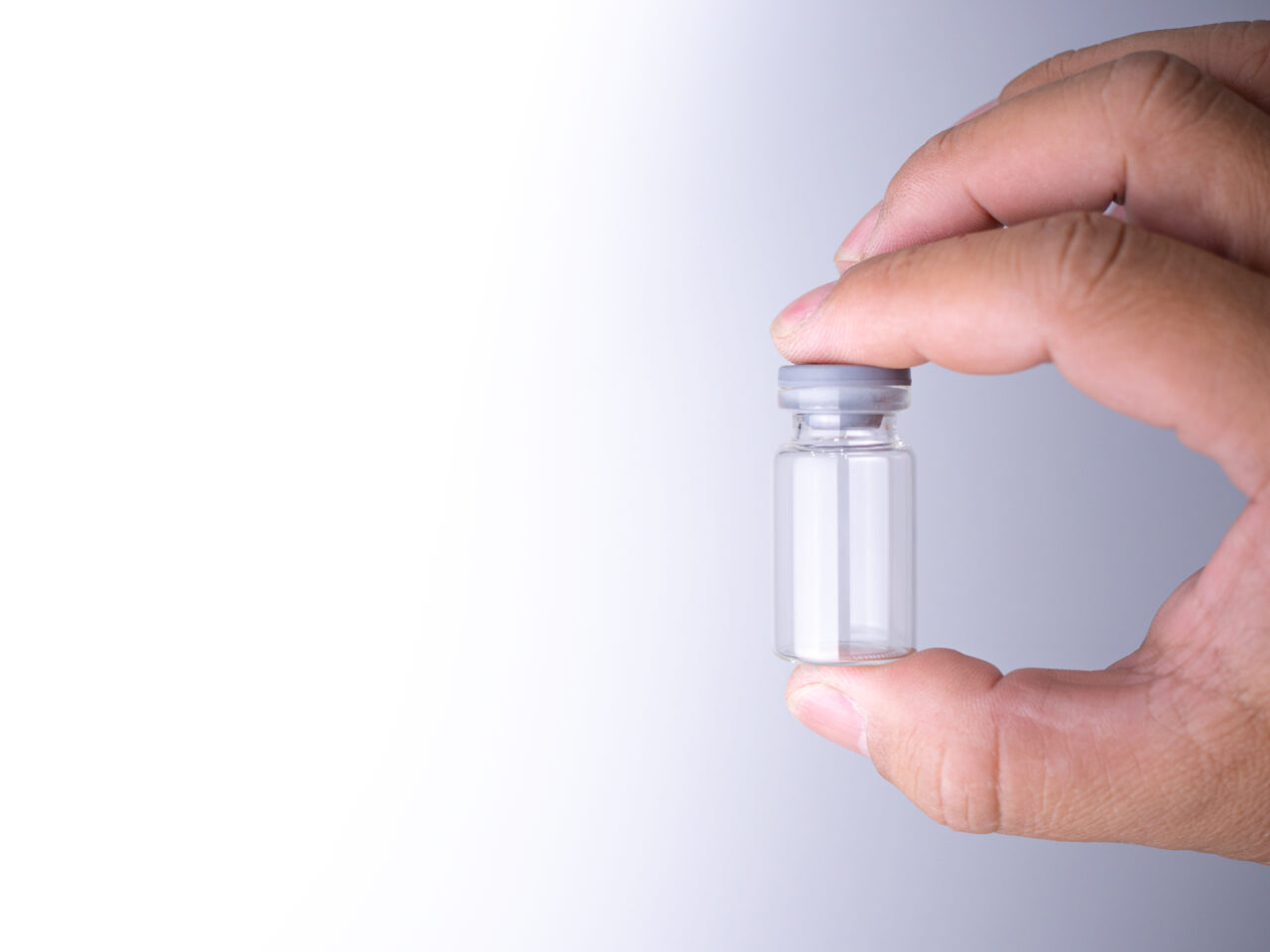Process simulation, also referred to as media fill, is an essential component of pharmaceutical manufacturing that assesses a facility’s aseptic processing capability. Regulatory bodies such as the United States Food and Drug Administration (FDA) and the European Medicines Agency (EMA) have established specific guidelines and requirements for conducting media fills to ensure that pharmaceutical products are safe, effective, and high-quality. Here’s an overview of the regulatory requirements and the detailed process:
Regulatory Requirements:
FDA Requirements (United States):
The FDA’s cGMP regulations, specifically in 21 CFR Part 211, require pharmaceutical manufacturers to establish and follow appropriate procedures to prevent microbiological contamination of drug products.
The FDA’s guidance document for the industry, “Sterile Drug Products Produced by Aseptic Processing – Current Good Manufacturing Practice,” outlines expectations for conducting media fill simulations to validate aseptic processing.
EMA Requirements (European Union):
The EMA’s GMP guidelines, particularly Annex 1 – Manufacture of Sterile Medicinal Products, include requirements and recommendations for aseptic processing and validation, including media fills.
The EMA expects pharmaceutical manufacturers to conduct media fill studies as part of the validation process for aseptic manufacturing processes.
Detailed Process:
Selection of a Suitable Growth Medium:
The growth medium used in media fills should simulate the conditions that would support microbial growth in the actual manufacturing process. Commonly used media include soybean casein digest medium (Tryptic Soy Broth), fluid thioglycolate medium, and other nutrient broths.
Preparation of Media and Containers:
The growth medium is prepared according to established procedures, ensuring proper sterilization to prevent contamination. Containers used for media fills, such as vials or ampoules, are also sterilized before use.
Simulation of Aseptic Process:
The media fill process simulates the actual aseptic manufacturing process, including all critical steps and interventions. Personnel involved follow gowning procedures and aseptic techniques as they would during regular production.
Incubation and Monitoring:
After filling the containers with the growth medium, they are sealed and subjected to appropriate incubation conditions (temperature, time). Samples are periodically taken during the incubation period to monitor for microbial growth.
Evaluation of Results:
At the end of the incubation period, containers are inspected for signs of microbial growth. Any contaminated units are investigated to determine the root cause of contamination.
The results of the media fill study are evaluated against acceptance criteria, which may include the absence of microbial growth or the demonstration of microbial recovery within specified limits.
Documentation and Reporting:
Comprehensive documentation of the media fill process, including procedures, results, and any deviations or corrective actions, is maintained.
A summary report is prepared, documenting the conduct of the media fill study, results, and conclusions drawn. This report is often submitted to regulatory authorities as part of the validation package for aseptic manufacturing processes.
Validation and Ongoing Monitoring:
Successful completion of media fill studies contributes to validating the aseptic manufacturing process. However, ongoing monitoring and periodic revalidation are necessary to ensure continued compliance and the maintenance of aseptic conditions.
By adhering to regulatory requirements and following a detailed media fill process, pharmaceutical manufacturers can demonstrate the capability of their aseptic processing operations to produce sterile drug products reliably. This helps to mitigate the risk of microbial contamination and ensure the safety and quality of pharmaceutical products.
Contact Us:
GxP Cellators helps life sciences companies establish GMP manufacturing facilities and standards while ensuring regulatory compliance. For site readiness program queries, email info@gxpcellators.com.


